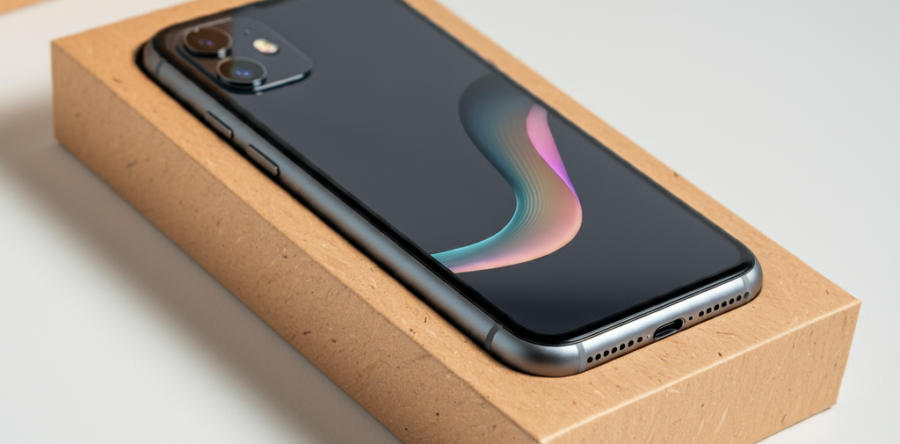Sustainable Packaging in Tech

As technology advances, so does the need for responsible packaging solutions in the tech industry. Tech giants are increasingly adopting sustainable practices, and one area gaining attention is eco-friendly packaging. With consumers growing more eco-conscious, it's clear that sustainable packaging isn’t just a trend—it’s the future.
Why Sustainable Packaging in Tech Matters
Tech gadgets—phones, laptops, smartwatches—are often housed in bulky packaging. Traditional packaging methods, primarily plastic-based, contribute significantly to environmental waste. The shift toward sustainable alternatives is essential for both reducing waste and meeting consumer expectations. When you get a sleek new gadget, the last thing you want is a mountain of non-recyclable packaging filling up your trash.
Large companies have started leading the charge, moving towards renewable, biodegradable, and recyclable packaging. This shift not only cuts down on waste but also sends a message to consumers that sustainability is at the forefront of innovation.
Materials Making the Difference
Several sustainable materials are replacing conventional plastic packaging in tech:
- Molded Pulp: Made from recycled paper or cardboard, molded pulp packaging offers a sturdy, biodegradable alternative to plastic inserts. It’s designed to cushion products, providing the protection needed during shipping while remaining eco-friendly.
- Bioplastics: Derived from renewable resources like corn starch, these plastics break down faster than traditional petrochemical-based plastics.
- Minimalist Designs: Reducing the volume of materials used also helps cut waste. The days of unnecessarily large, intricate packaging are fading as companies streamline their designs for efficiency.
Brands Leading the Way
Some of the most well-known tech companies are adopting more sustainable practices:
- Apple recently committed to using 100% recycled and recyclable packaging by a set future year.
- Another popular phone manufacturer aims to eliminate plastic from its packaging altogether, instead focusing on innovative, eco-friendly solutions like paper-based materials.
These brands are embracing the challenge of balancing sleek, protective packaging with sustainable practices. For the consumer, it’s encouraging to see these steps towards minimizing environmental impact.
How Molded Pulp Packaging Fits into Tech
Molded pulp packaging is an unsung hero in the tech world. It’s sturdy enough to protect fragile electronics, yet gentle on the environment. Whether it’s used for phones, laptops, or accessories, molded pulp provides an efficient, customizable, and green solution for tech packaging.
Some key benefits include:
- Durability: Molded pulp packaging can withstand the rigors of shipping, ensuring tech products reach consumers in perfect condition.
- Eco-Friendliness: It’s made from recycled materials and is fully biodegradable, unlike foam or plastic.
- Cost-Effective: As demand for sustainable options grows, molded pulp offers an affordable, scalable alternative for tech companies.
Future Trends in Tech Packaging
Looking ahead, the tech industry is set to explore even more advanced sustainable packaging solutions. Innovations like biodegradable nanomaterials or edible packaging might sound futuristic, but they’re closer than we think. As more companies pledge to reduce their carbon footprint, the packaging that houses our beloved gadgets will likely continue to shrink in size, complexity, and environmental impact.
Final Thoughts
Sustainable packaging in tech is no longer a novelty—it’s a necessity. As brands adopt greener packaging practices, molded pulp packaging stands out as a durable, eco-friendly solution that meets the needs of both companies and consumers. It’s not just about protecting gadgets; it’s about protecting the planet too.
If you're seeking molded pulp packaging for your tech products, explore sustainable solutions today and take that step toward a greener future.




